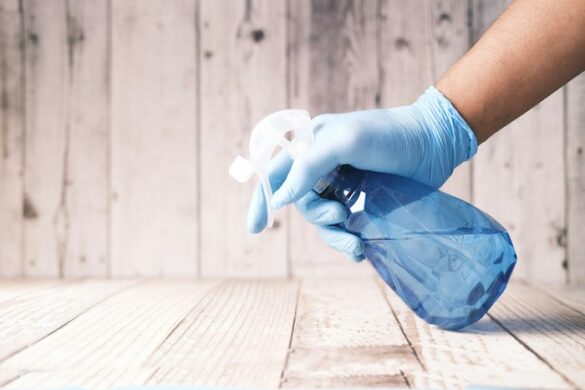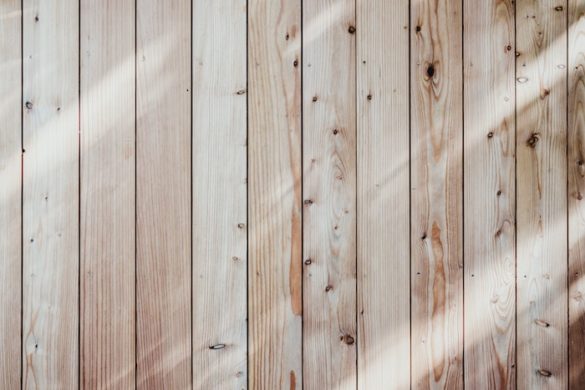Why Is Toxic Mold in Your Home Dangerous?
Here are a few reasons why mold is so dangerous when growing in your home :
- Health problems:Stachybotrys can be responsible for a large variety of health and upper respiratory-related problems.Among these are allergies, asthma, and other breathing difficulties.
Some studies have shown that mold can increase a child’s chances of developing asthma by double.
Other symptoms related to mold exposure include headaches, unusual skin rashes, nosebleeds, itchy or burning eyes, or any other allergy or cold-related symptoms.
Memory problems, and even death, have been reported by those exposed to Stachybotrys.
- Decreased home value:A home’s value will greatly decrease depending on the type and scope of the mold infestation.Stachybotrys can cause extensive damage within the home, and may do damage that the current homeowner can’t afford to repair.
Getting out from under a house in this situation is sure to bring a significant decrease in the sale price, as the new homeowner will be left with much renovating to complete.
- Expensive clean up:This black type of toxic mold is well known for its ability to extensively damage homes.We’ve all seen the news footage of camera crews filming the interior homes ravaged by flooding due to Hurricanes Katrina and Rita.
The mold grows fast, and it grows tough to clean as well. Stachybotrys is not the kind of mold most homeowners will want to clean up themselves.
A good, reliable mold remediator will be needed for most clean-ups, and depending on the damage, it could be very costly for them to complete the job.
- Structural damage:
When mold grows in certain situations, such as during natural disasters, it will grow fast due to the excess moisture that cannot be removed. Even when cleaning crews are finally able to enter the homes and remove the moldy flooring and furnishings, often times too much damage has already been done.Sometimes, the best way to make sure mold is fully eradicated is to forgo killing and scraping it, and completely remove it by removing all the surfaces with which it has come into contact. This can be dry walls, wood structures, flooring, and even the roof. The damage can be extensive.
Further Recommended Reading :
Joslyn from the MoldBlogger Team




1 comment